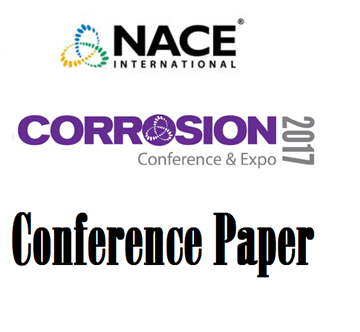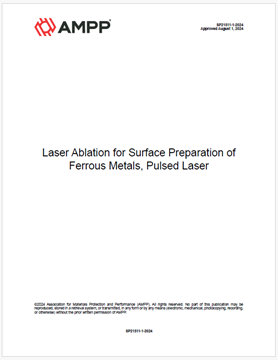Search
Energy Generation
View as
Sort by
Display
per page
99257 CORROSION OF SCWO CONSTRUCTIONAL MATERIALS IN CL- CONTAINING ENVIRONMENTS
Product Number:
51300-99257-SG
ISBN:
99257 1999 CP
$20.00
99267 RECENT DEVELOPMENT ON CORROSION-RESISTANT DIFFUSION COATINGS
Product Number:
51300-99267-SG
ISBN:
99267 1999 CP
$20.00
99272 High-Temperature Corrosion and Wear Properties of HVOF Coatings of Cobalt-based (CoCr) Surfacing Alloys
Product Number:
51300-99272-SG
ISBN:
99272 1999 CP
$20.00
99346 RESOLVING FLOW-ACCELERATED CORROSION PROBLEMS IN THE INDUSTRIAL STEAM PLANT
Product Number:
51300-99346-SG
ISBN:
99346 1999 CP
$20.00
99353 RECENT DEVELOPMENTS IN MEASUREMENT AND EVALUATION OF FAC DAMAGE IN POWER PIANTS
Product Number:
51300-99353-SG
ISBN:
99353 1999 CP
$20.00
99437 In-Situ Electrochemical Impedance Measurement of Oxide Film on 304 SS in 288°C Water
Product Number:
51300-99437-SG
ISBN:
99437 1999 CP
$20.00
AC Interference and Mitigation: Heartland Case Study
Product Number:
51317--9461-SG
ISBN:
9461 2017 CP
Publication Date:
2017
$20.00
AMPP SP21496-2023-IEEE Std 2683-2022, Guide to Strength loss of Tubular Steel Poles
Product Number:
AMPP SP21496-2023-IEEE Std 2683
$109.00
AMPP SP21511-1-2024, Laser Ablation for Surface Preparation of Ferrous Metals, Pulsed Laser
Product Number:
AMPP SP21511-1-2024
Publication Date:
2024
$109.00












